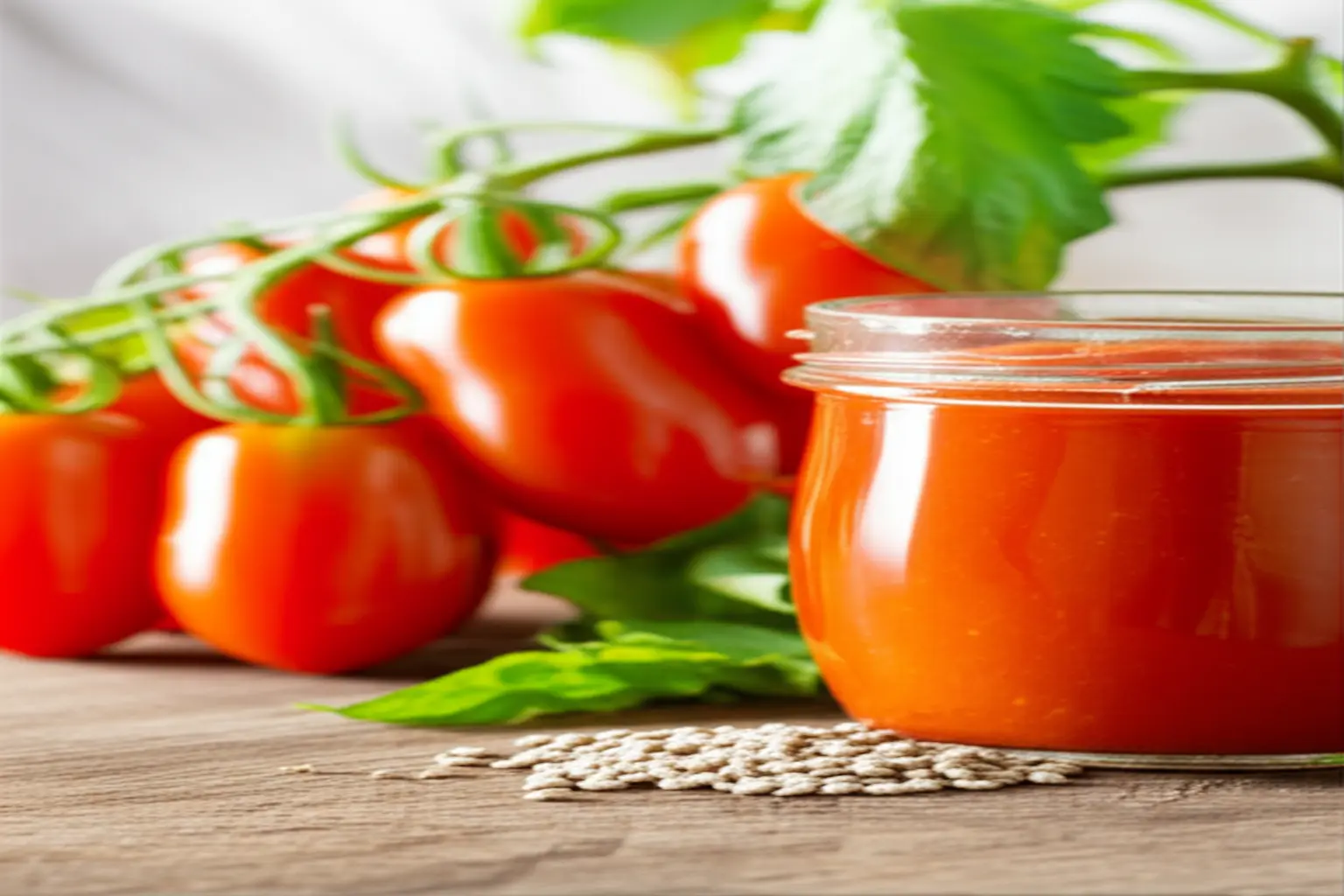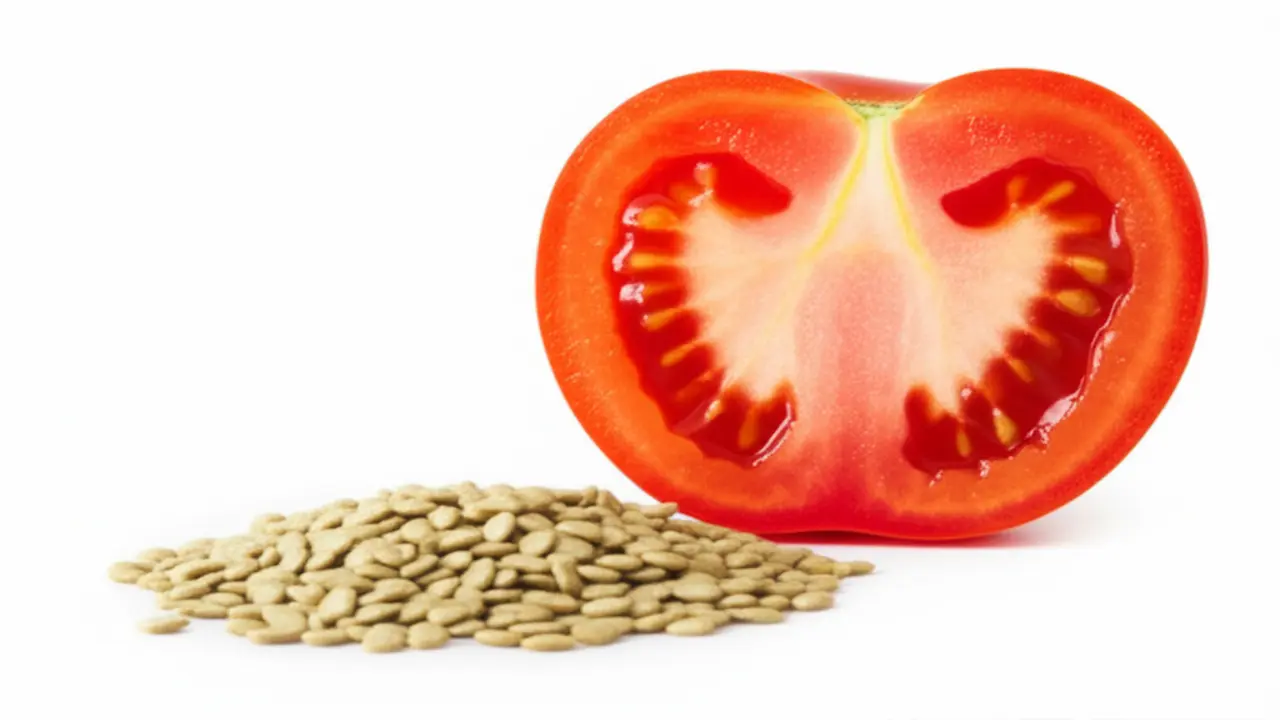
1. Understanding Roma Tomato Seeds
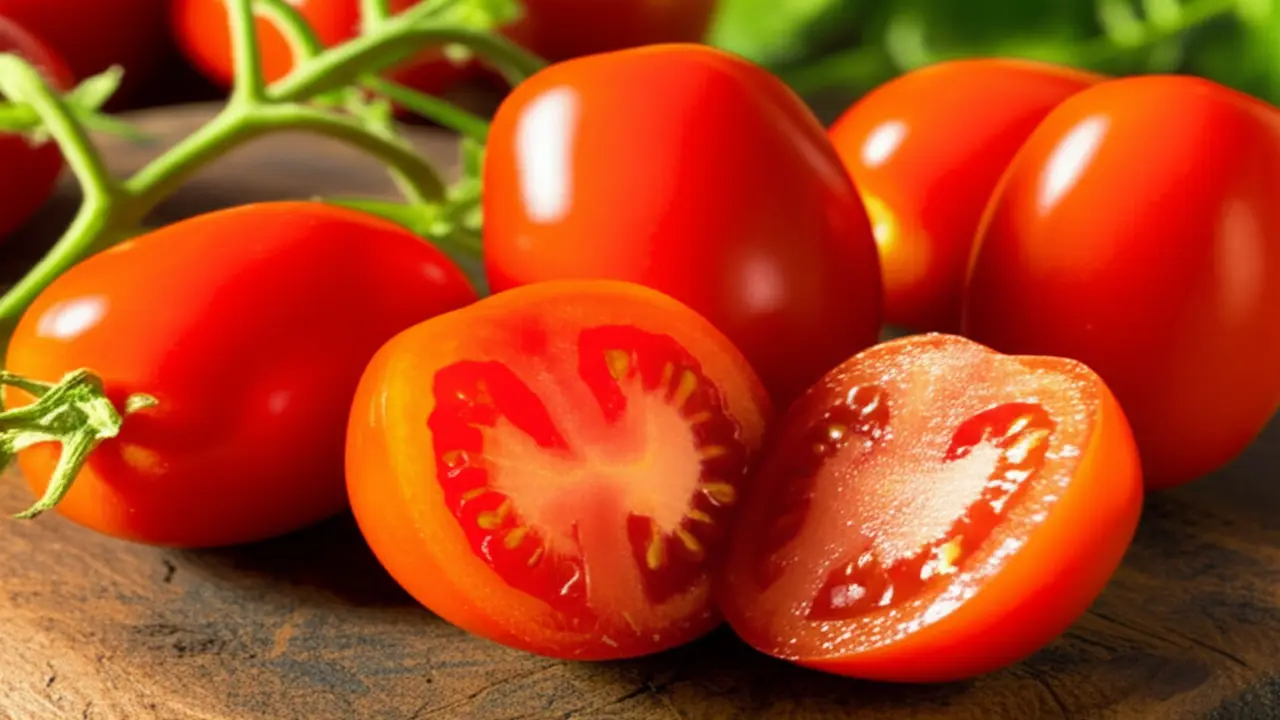
2. Key Traits of Roma Tomato Varieties
When selecting the ideal Roma tomato seeds for your 2025 garden, focusing on a few core traits ensures a successful harvest. The most defining characteristic is their growth habit. Most Romas are “determinate”, meaning the plant reaches a compact, bushy size and produces its entire crop over a concentrated two-to-three-week period. This is perfect for gardeners who plan on canning or making large batches of sauce. Beyond this, consider these factors:
– Fruit Size and Shape: Expect classic plum-shaped or egg-shaped fruits, typically weighing 2-4 ounces, with meaty flesh and few seeds.
– Yield Potential: While compact, these plants are known for being highly productive. Look for varieties noted for high yields to maximize your harvest.
– Days to Maturity: Most Roma varieties mature within 70-80 days after transplanting. This relatively short window allows for predictable planning.
Good soil aeration is key for strong root development. Using one of the best hand cultivators to prepare your beds can make a significant difference in plant vigor.
3. Where to Buy Quality Roma Tomato Seeds
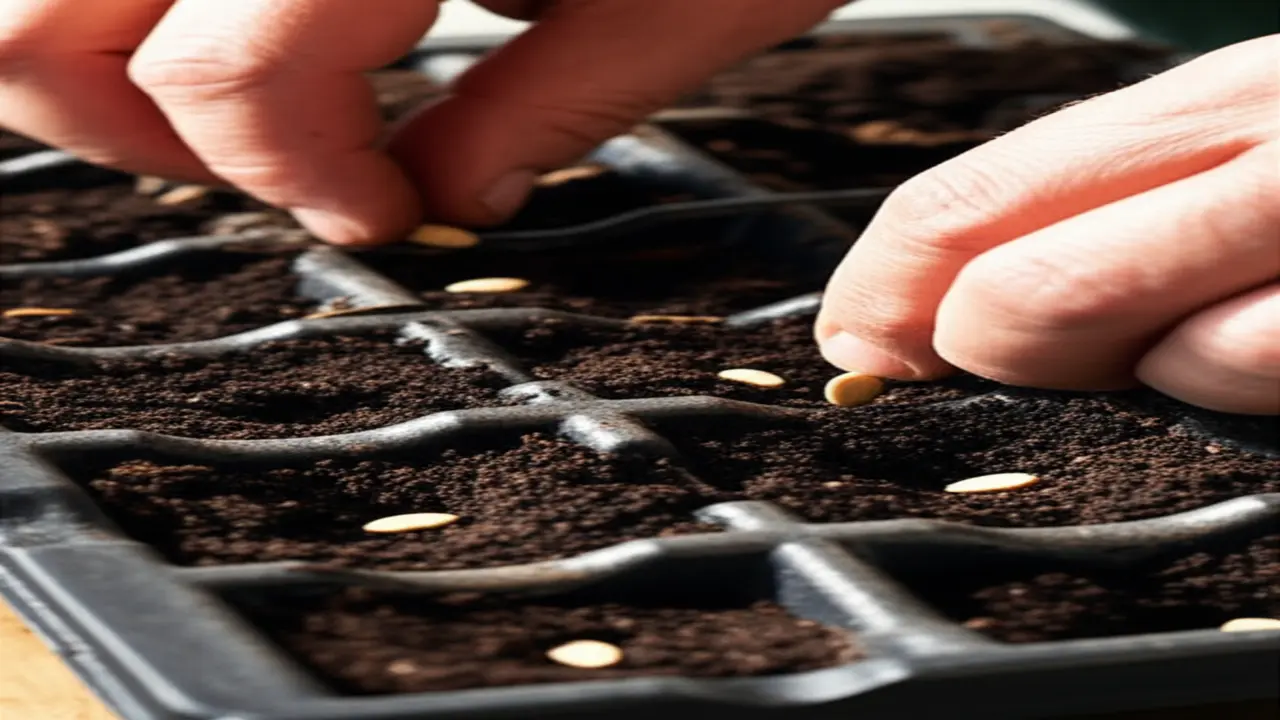
4. Growing Your Roma Tomatoes: A Step-by-Step Guide
To successfully grow from roma tomato seeds in 2025, you must provide the right environment from the very beginning. Success isn’t just about the quality of the seeds, but about the care you provide. Start with your soil. Roma tomatoes demand nutrient-rich, well-draining soil with a pH level between 6.2 and 6.8. Before planting, work a generous amount of compost or aged manure into the top 6-8 inches of soil. Using one of the best hand cultivators makes this task much easier, ensuring the amendments are evenly distributed for strong root development. Once the soil is prepared, focus on these key factors for a bountiful harvest.
– Sunlight Requirements: Select a spot in your garden that gets a minimum of 6 to 8 hours of direct sunlight each day. This is non-negotiable for fruit development and flavor.
– Watering Techniques: Provide consistent moisture, aiming for about 1 to 1.5 inches of water per week. Water at the base of the plant in the morning to reduce evaporation and prevent fungal diseases on the leaves.
– Proper Spacing: When you transplant your seedlings, space them 18-24 inches apart. This ensures adequate air circulation, which is crucial for disease prevention and allows each plant enough room to thrive.
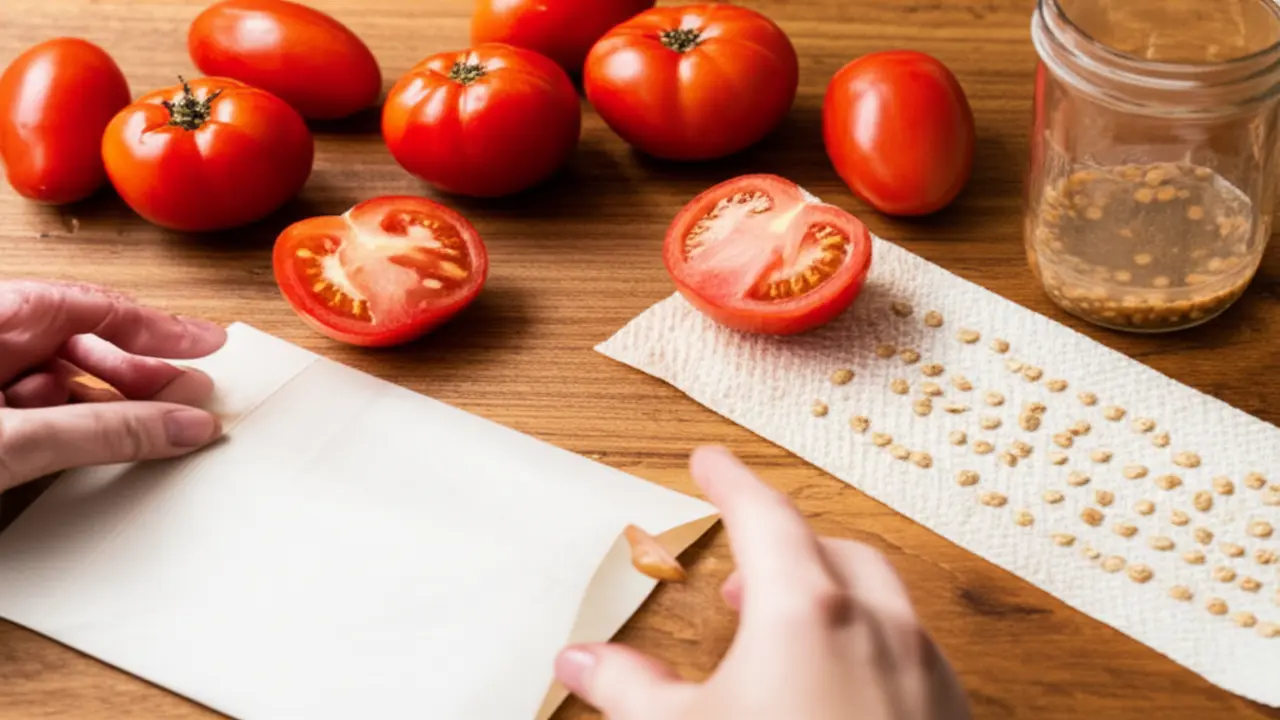
5. Seed Saving and Storage Tips for Roma Tomatoes
Saving your own Roma tomato seeds is a rewarding way to preserve the best traits of your harvest for future seasons. For the highest viability in 2025 and beyond, start with fully ripe, healthy tomatoes from your most vigorous plants. The process involves a crucial fermentation step to ensure clean, viable seeds.
* Extraction: Squeeze the seeds and pulp into a small jar. Add a bit of water so the contents can be swirled.
* Fermentation: Cover the jar with a cloth and let it sit in a warm spot for about 3 days. Stir it daily. This process breaks down the gelatinous sac around each seed, which contains germination inhibitors.
* Cleaning and Drying: After a few days, healthy seeds will sink to the bottom. Pour off the water and pulp, rinse the seeds well, and spread them in a single layer on a ceramic plate or piece of glass to dry completely. Avoid paper towels, as the seeds will stick permanently.
Once bone-dry, store your Roma tomato seeds in a labeled paper envelope in a cool, dark, and dry location. They will be ready for when you prepare your beds, and knowing how to use hand cultivator will be useful for planting them next season.
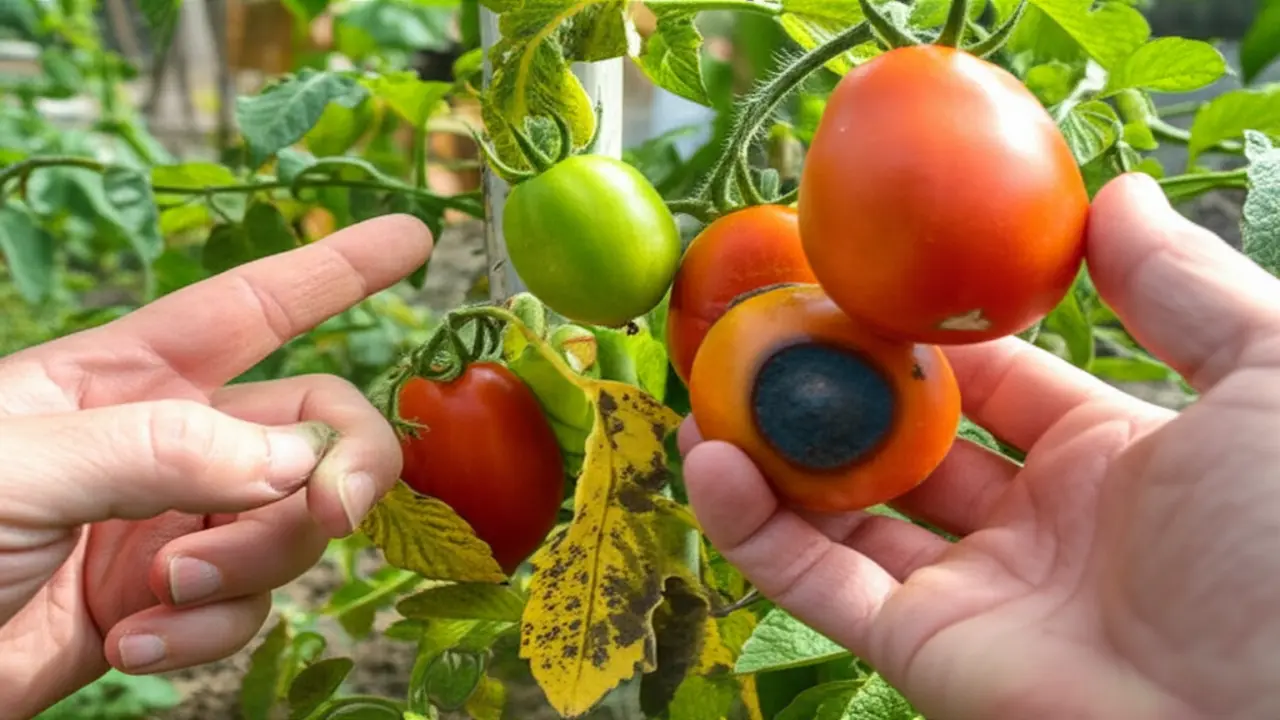
6. Common Questions and Troubleshooting for Roma Tomato Growers
7. Gardener Reviews and Testimonials for Roma Tomato Seeds
Hearing directly from fellow gardeners provides invaluable, real-world insight when choosing the best roma tomato seeds for your 2025 garden. Many experienced growers highlight the ‘San Marzano’ and ‘Amish Paste’ varieties for their exceptional flavor in sauces and high yields. A common theme in testimonials is the importance of consistent watering to prevent blossom end rot, a frequent issue with paste tomatoes. Reviews often mention a plant’s performance in specific climates. For example, a gardener in a hot, humid zone might praise a variety’s resistance to fungal diseases.
Key takeaways from community forums include:
– Yield: How many pounds of tomatoes to expect per plant.
– Growth Habit: Determinate varieties are often preferred for container gardening.
– Soil Prep: Many reviews emphasize that aerating the soil with one of the best hand cultivators before planting significantly improves root development and overall plant health.
These firsthand accounts help you look beyond marketing descriptions to find seeds that truly perform.

